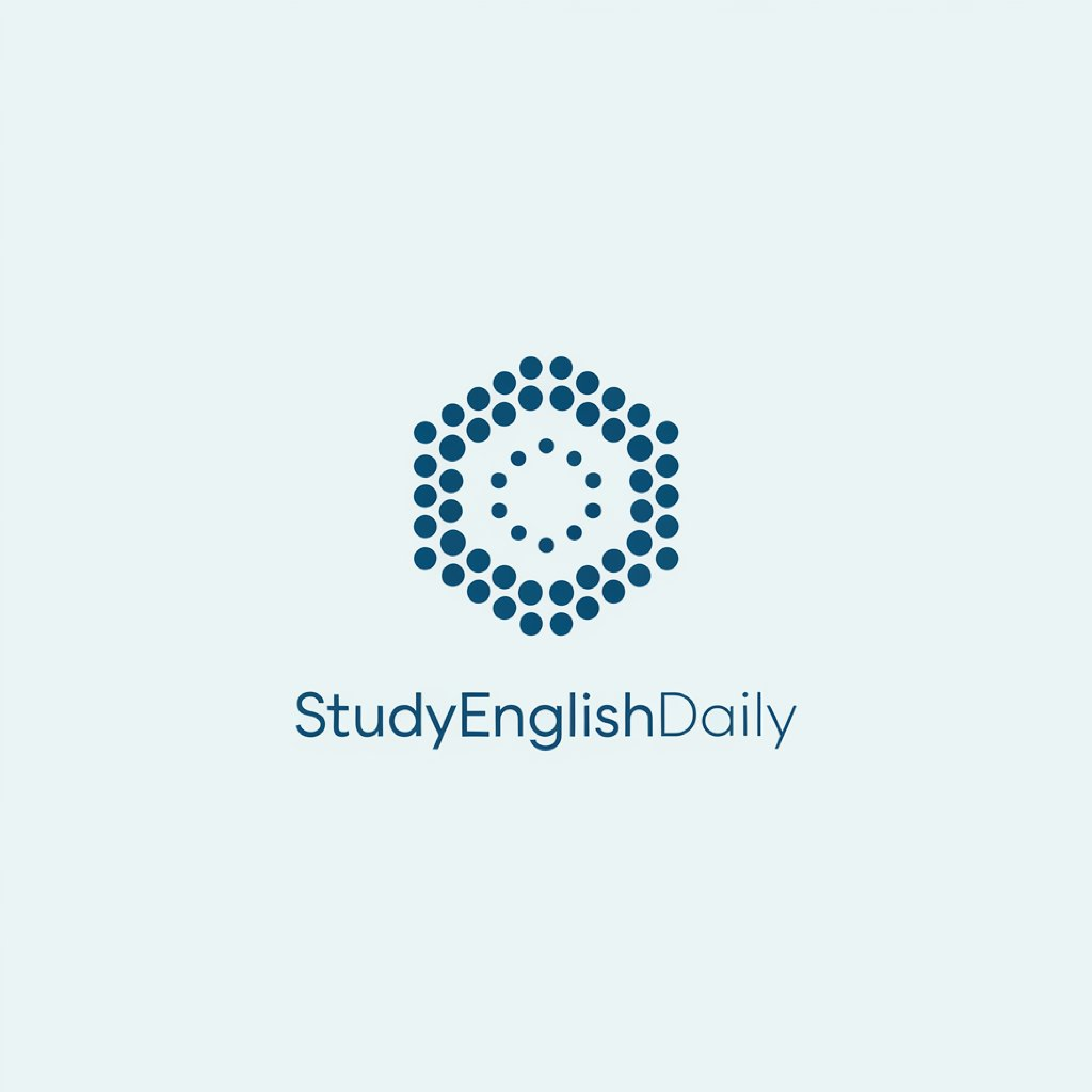
Project-based learning (PBL) is an effective educational approach that actively engages students in hands-on experiences, fostering critical thinking, problem-solving, […]

Project-based learning (PBL) is an effective educational approach that actively engages students in hands-on experiences, fostering critical thinking, problem-solving, […]

As the summer months approach, it’s the perfect time for students to embark on a reading adventure and explore […]

Introduction In the rapidly evolving digital era, technology has made a significant impact on nearly every facet of our […]

As educators, one of our primary goals is to ensure that our students are learning and making progress academically. […]

Job interviews can be nerve-wracking, but careful preparation can increase your chances of success. As an ESL teacher, asking […]

Introduction: Thesis Statements for ESL students. Crafting a strong thesis statement is a vital skill for ESL students to […]

Introduction For English as a Second Language (ESL) students, the classroom can be both an exciting and challenging environment. […]

Early childhood education is a critical phase of a child’s development that lays the foundation for future learning, growth, […]
Introduction The verbs ‘have’ and ‘had’ are two of the most commonly used verbs in the English language, but they can also be two of the most confusing. Understanding the difference between these present and past tense verbs is essential for effective communication and accurate grammar. In this discussion, we will explore the rules and usage of ‘have’ and ‘had’, including their various forms, tenses, and contexts, to help you master these important verbs and improve your English language skills.” Here’s a breakdown of the differences between […]
I. Introduction Starting a sentence with a transition word like “However” can be an effective way to connect ideas and show contrast in your writing. Transition words and phrases help to guide the reader through your text, making it easier to follow your argument or narrative. In this section, we’ll focus on the word “However” and explore how to use it correctly to start a sentence. II. What is “However”? “However” is a transition word used to contrast ideas or show surpr.ise. It’s often used to introduce […]
Introduction The phrasal verb “get” is a highly versatile and commonly used component of the English language, playing a crucial role in expressing a wide range of actions, states, and emotions. Its flexibility allows it to be employed in various contexts, contributing to the dynamic nature of the language. One of the fundamental uses of “get” is to indicate the act of obtaining or acquiring something. Whether it’s obtaining a degree, acquiring a new skill, or securing a job, this phrasal verb encapsulates the notion of gaining […]
Introduction: Hello, language enthusiasts! Today, we’re diving into an exciting lesson that explores ten essential phrasal verbs, all centered around the versatile word ‘look.’ While ‘look’ typically means to see with the eyes, when combined with different prepositions or words, it forms expressions that are widely used in everyday language. Phrasal verbs are a fundamental aspect of English, permeating various aspects of our lives—be it at home, work, school, or during casual outings. In this lesson, we’ll unravel the meanings and applications of these ten phrasal verbs. […]
Introduction to “To Be” The auxiliary verb “to be” is a fundamental component of the English language, playing a crucial role in expressing states of being, identity, and conditions. The different forms of “to be” include: Understanding the nuances of “to be” and its various forms is essential for constructing clear and accurate sentences in English, as it provides a foundation for expressing time, identity, and ongoing actions. II. Present Tense Forms The present tense forms of the auxiliary verb “to be” play a pivotal role in […]
